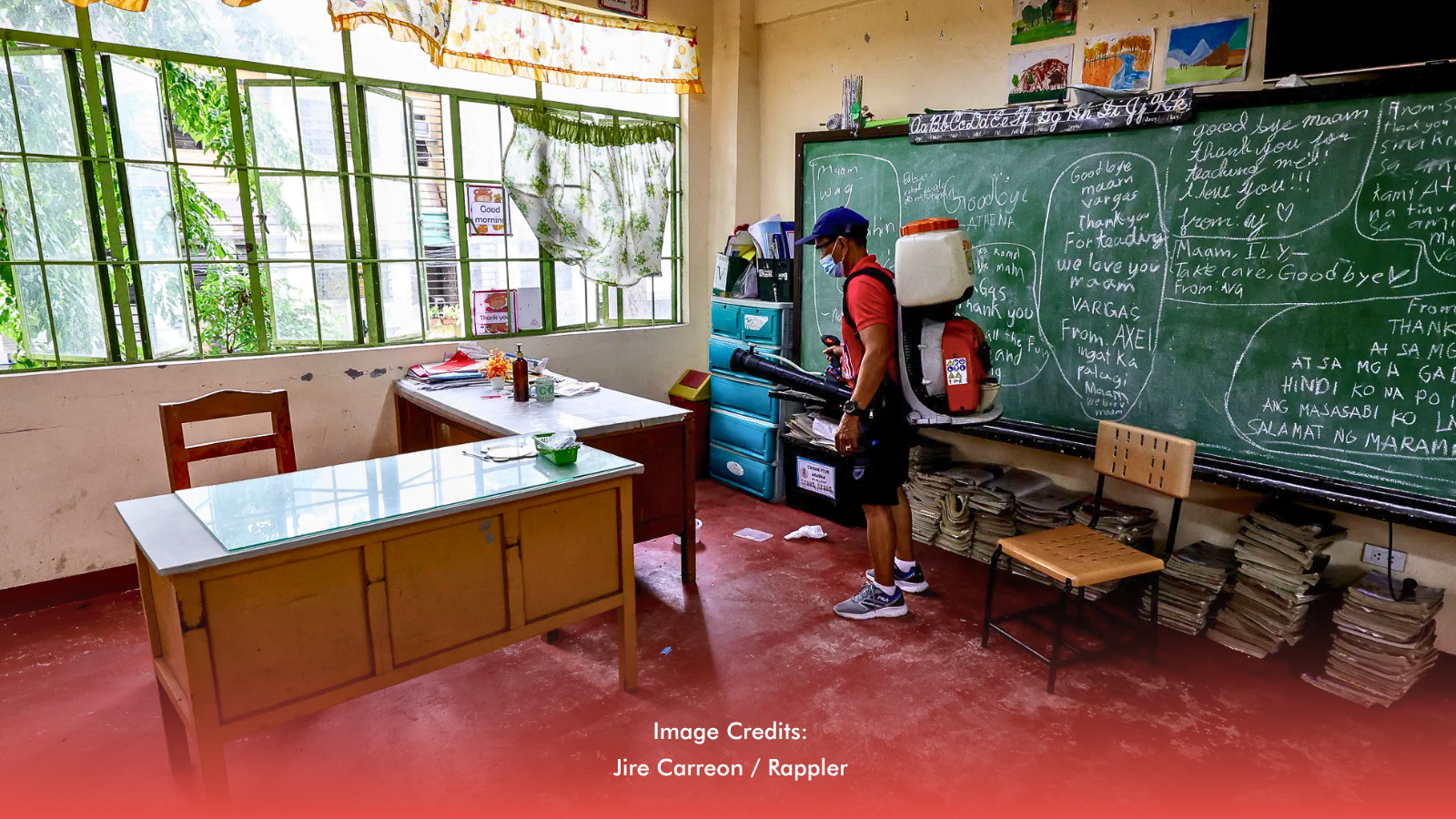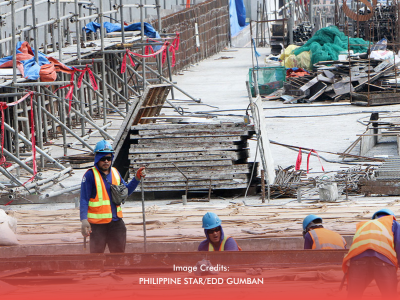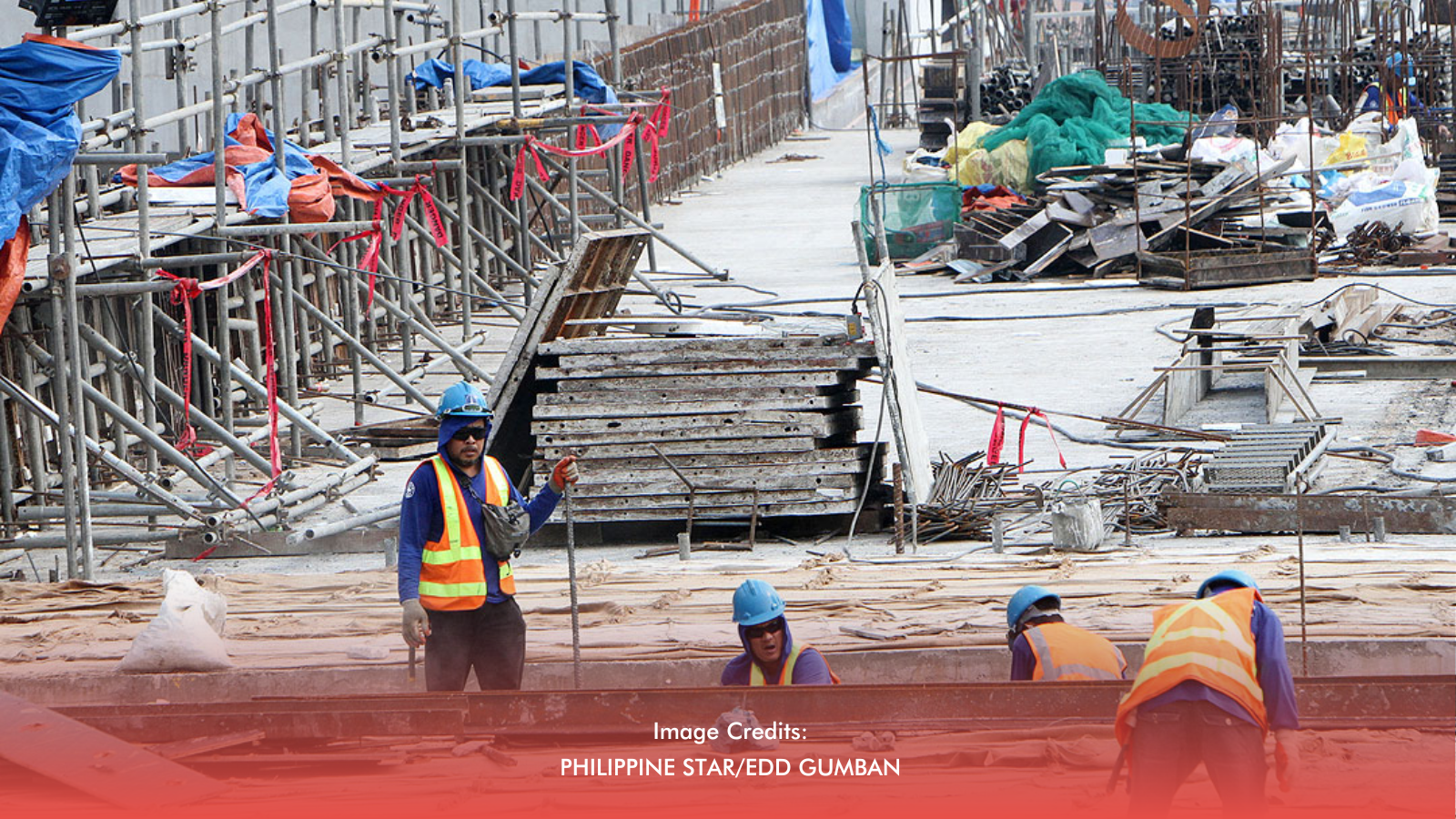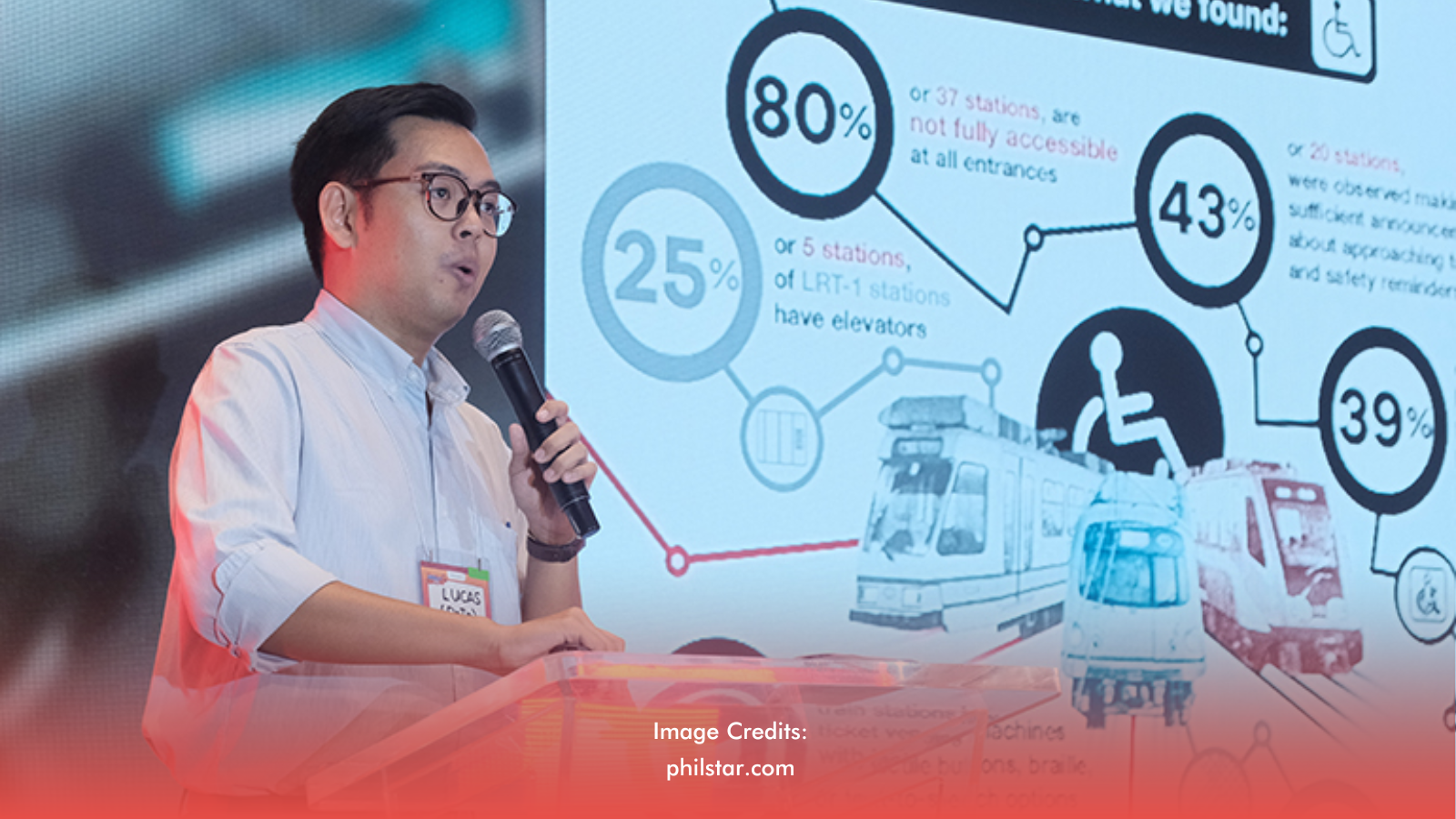Despite a decline in the national birth rate, several regions in the Philippines remain critically short on classrooms, according to a new joint study by the Second Congressional Commission on Education (EDCOM 2) and the Philippine Institute for Development Studies (PIDS).
The report identified the National Capital Region (NCR), Calabarzon, Region XII, and the Bangsamoro Autonomous Region in Muslim Mindanao (BARMM) as facing the most acute classroom shortages—particularly in elementary schools, where overcrowding remains widespread.
Based on the June 2025 PIDS discussion paper, the country may still lack between 58,000 to 81,000 classrooms by 2040 if current trends continue. This projection accounts for aging infrastructure, rising urban migration, and population shifts that continue to strain education facilities in select areas.
The report notes that while fertility rates have declined to below replacement levels, infrastructure needs remain urgent due to uneven classroom distribution and deteriorating buildings. Only 18.6% of classrooms in use as of 2023 are expected to remain in good condition by 2040 if no major repairs or replacements occur.
Overcrowding in High-Growth Regions
In NCR, particularly the Northern Manila District, about 90% of public elementary students are enrolled in schools considered "congested," with class sizes of 50 or more students per room. Other districts in the capital show similarly alarming figures, ranging from 60% to 77% .
Calabarzon, the most populous region, and Region XII are also experiencing rapid enrollment growth and classroom strain due to urban sprawl and in-migration. In response, many schools have adopted double or even triple shifts to manage classroom scarcity.
"One strategy that I have been pushing is the implementation of a counterpart program, where local government units (LGUs) and the national government share the cost of constructing new classrooms. This way we can have several LGUs building classrooms simultaneously," EdCom 2 co-chairman Sen. Sherwin Gatchalian said in an interview.
Meanwhile, BARMM faces not only infrastructure shortages but also logistical challenges that further complicate education delivery. Despite new classroom construction efforts, many of these replace old or unusable buildings, resulting in no net gain in classroom availability.
Long-Term Shortages Despite Demographic Shift
While the total fertility rate has dropped to 1.9, this demographic shift hasn’t translated to less pressure on schools. PIDS warns that migration trends and regional development continue to push population growth in urban centers — creating hotspots of school congestion.
EDCOM 2 and PIDS recommend a mix of solutions, including data-driven infrastructure planning, targeted school construction, and interim options like classroom-sharing arrangements between neighboring schools. The study emphasizes that without coordinated and sustained investment, the classroom crisis could worsen, undermining the quality of public education nationwide.








